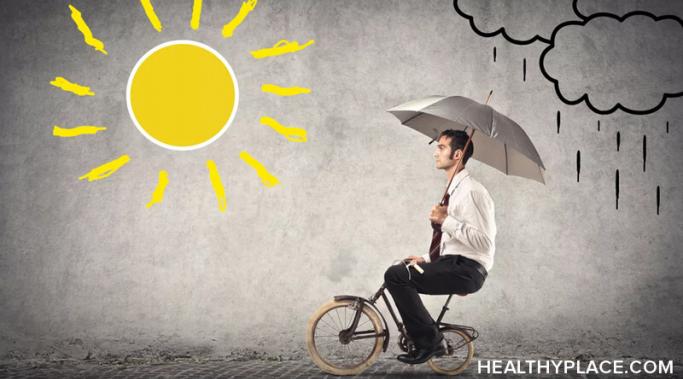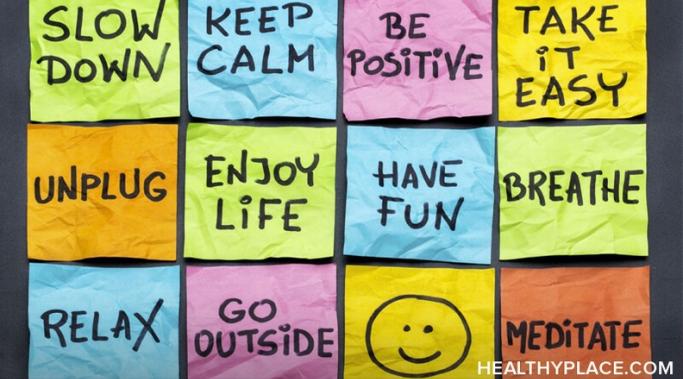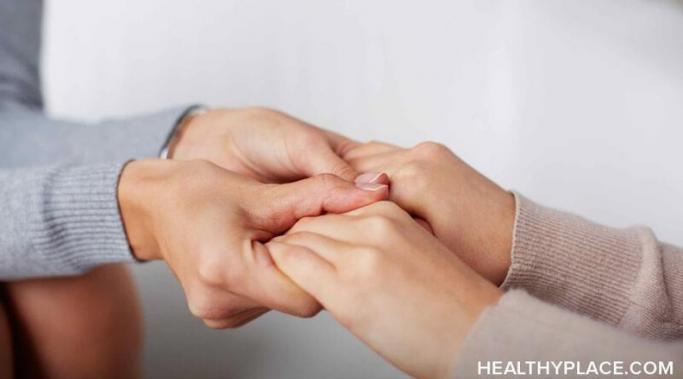I've long been told to let go of the things I can't control, and I always wondered how. It's not like I can flip a switch and suddenly not stress over the various external circumstances I'm dealing with at the time. For years I tried to tell myself that I would just not care about that stuff. It didn't work very well.
Insecurity
I've been writing for HealthyPlace for about six months now. I've written numerous articles about dealing with low self-esteem and how to improve it. However, I've been thinking about my process and realized that while I may be able to identify low self-esteem, that doesn't mean everyone can. Today, I'd like to take a different approach to identifying low self-esteem. I'll write this post from my viewpoint as I figure out my self-esteem.
Over the last couple of weeks, I've been pondering what emotional attributes can be signs of low self-esteem. Recently I've realized that I tend to be oversensitive and quick to anger when experiencing low self-esteem. Today, I'd like to talk about how to remedy that.
I've been working through ways to build better self-esteem. I've laid out how long of a journey it can be. Like any long journey, the feeling of being stuck will pop up now and then. I've started to feel stuck over the last couple of weeks. Today, I'll talk about managing that feeling and getting back on track by resetting your perspective.
The journey to better self-esteem is a lengthy but empowering process. In my experience, understanding my own identity was a great kick-starter for that process. I will continue to work through how that helped me. Today, I'll cover the second step: sharing your identity with others.
Someone commented on a recent blog post about asking for help with low self-esteem and said they could not find support from their friends and family. So today, I will share three resources that helped support me in times when my self-esteem was low.
Poor self-esteem can make it difficult to ask for help. You may feel that you are not worthy of other people's time and assistance. Maybe it's because you are not in the habit of prioritizing yourself and keep pushing your needs aside. Whatever the reason behind the difficulty, everyone needs help sometimes, and practicing how to ask for help is a good exercise to build self-esteem.
Every day is different, and you can build self-esteem by doing a daily check-in to think about how you can set yourself up for success. Last month I was a guest on a Facebook Live hosted by HealthyPlace, and I mentioned this practice. It got some people interested, so I thought I would share how I go about doing it. This check-in will only take you a few minutes in the morning. If you're like me, you will find it a valuable addition to your day and a sure-fire way to build self-esteem.
In my last blog post, I spoke about how changing the viewpoint I took on my life, and my accomplishments helped to build my self-esteem. Taking a long-term view of my progress over a 10-year period showed that my trend, like that of the stock market, was upwards and to be celebrated. There's another example of changing my viewpoint that helped my self-esteem get stronger that I will share today.
Boundary-setting is an important skill set to practice when you are on a journey to build stronger self-esteem. Like any other new activity that seems challenging in the beginning, your mastery will improve every time you try it.









